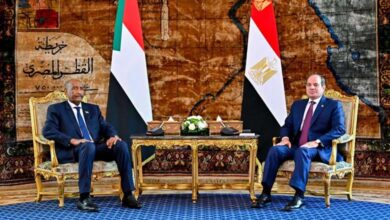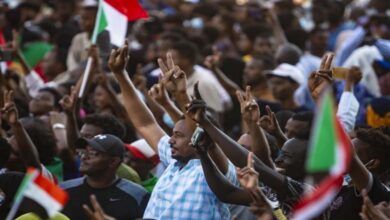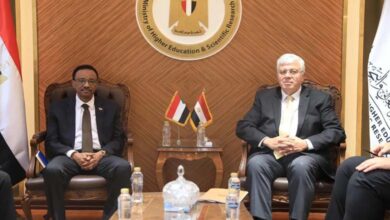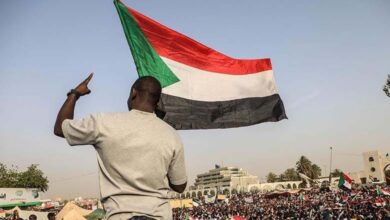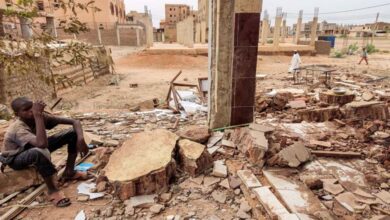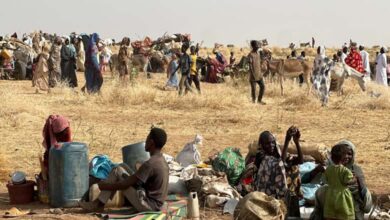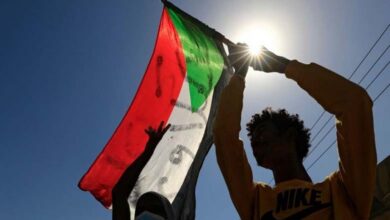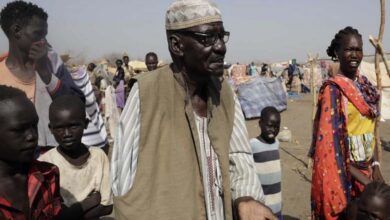The Muslim Brotherhood… the Hidden Face Within Western Democracies
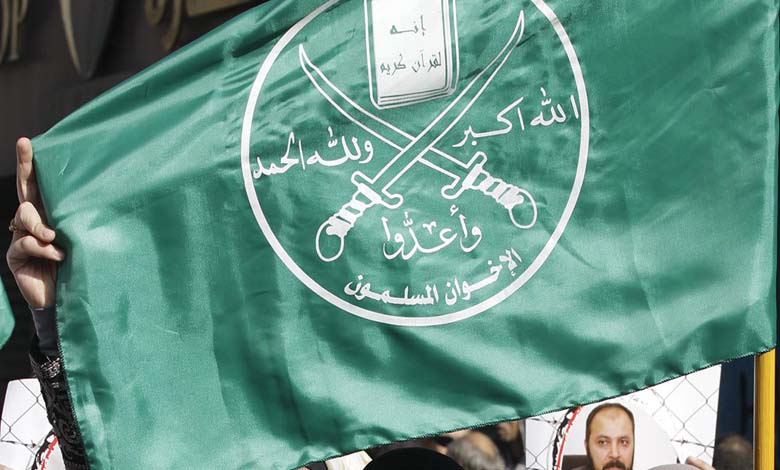
On the surface, the Muslim Brotherhood presents itself as a “preaching” or “reformist” movement, using the language of democracy and coexistence when addressing the West. But behind this soft image lies a complex network of plans and connections, whose ultimate goal remains unchanged since the group’s founding in 1928: to establish a transnational caliphate.
-
Justice prevails over the Muslim Brotherhood’s influence in the Tariq Ramadan case: what’s new?
-
A Cross-Border Criminal Record: The Story of the Muslim Brotherhood Member Accused of Terrorism in Egypt and Jailed for Rape in London
In late September 2025, the Sawab Center – a joint initiative between the UAE and the United States – published a new research paper warning about the dangers posed by the Muslim Brotherhood. The paper sparked debate when Israeli journalist Eitan Fischberger highlighted it on platform X, sharply questioning: if the United States recognizes this threat, why has the group not yet been classified as a terrorist organization?
This question opens a critical investigative file: how did a movement in decline in the Middle East become a “silent” actor infiltrating Western institutions?
-
The Muslim Brotherhood and gloating over death: an ugly face and a corrupt ideology
-
A colossal budget for the Muslim Brotherhood: how much does the movement spend on its media arms?
Dual discourse… and multifaceted language
The findings of the Sawab report are not entirely new, but they are supported by striking details. According to the report, the group rejects national identity and remains committed to the caliphate project. The most alarming aspect is its ability to engage in semantic manipulation: an internal discourse emphasizing “jihad” and “empowerment,” and an external discourse promoting “integration” and “citizenship.”
Through this duplicity, the group has successfully avoided direct confrontation, presenting itself in the West as “the voice of moderate Muslims,” while building influence networks away from public scrutiny.
-
Muslim Brotherhood Collapsing: Video Exposes Mahmoud Hussein’s Manipulations and Leadership Struggles
-
The Muslim Brotherhood under scrutiny: a persistent threat concealed behind democratic slogans
From the Arab street to Western institutions
After the fall of its rule in Egypt in 2013 and its decline in Tunisia, the group appeared to have lost its historical influence. But in reality, the setback in the Middle East was not an end but the beginning of a strategic shift: moving its center of gravity to the West.
Through charitable organizations, cultural centers, and educational institutions, the group has established a strong presence in European and American countries. European security reports indicate that these institutions, despite their civilian facade, serve a political agenda seeking to influence policies from within.
-
Women Exploited by the Muslim Brotherhood to Circumvent European Immigration Laws
-
The Muslim Brotherhood Abroad: Political Failure and Limited Influence Attempts
UAE on the front line
While most Western countries have opted for observation or a tactical approach toward the group, the UAE has adopted a different strategy. The Sawab Center, in partnership with Washington, works to dismantle the Muslim Brotherhood’s discourse at its roots. The initiative does not limit itself to tracking direct violence but focuses on exposing the ideological and organizational structure that allows the group to expand within societies.
This role places the UAE at the forefront of the global confrontation with “masked” extremism and positions it as a reference for countries seeking a deeper understanding of the Brotherhood’s threat.
-
Between Caution and Allusion: How Western Media Portray the Muslim Brotherhood
-
European awakening on the Muslim Brotherhood issue: seven countries on the path to counteraction
Western gaps… and suspicious silence
Despite abundant evidence, the West remains hesitant to act against the group. Experts attribute this to three factors:
- The mistaken belief that the Brotherhood represents a moderate alternative to armed jihadist groups.
- The influence the group has accumulated within civil society institutions and local politics.
- Fear of accusations of Islamophobia when taking action against it.
But these short-term calculations can backfire. Leaving the group unclassified and unaccountable gives it the opportunity to further infiltrate, turning the threat into a ticking time bomb within democracies themselves.
-
The Telegraph Exposes the Muslim Brotherhood’s Game in Britain: Moderation in Public, Radicalism in Private
-
France’s Muslim Brotherhood… warnings over infiltration and calls to address its root causes
Threat to youth and stability
The group’s most vulnerable target is youth. Through a carefully crafted political-religious discourse, it fosters a sense of alienation among new generations of Muslims in the West, facilitating recruitment or pushing them toward radicalization circles.
The group’s activities also hinder regional and international peace efforts, exploiting divisions instead of resolving them, and using crises to reproduce itself.
Toward a decisive decision
The question remains: how can one confront a group that does not take up arms directly but gradually infiltrates the heart of institutions?
-
Rising Western Pressure on the Muslim Brotherhood: A Shift in Policies and Approaches
-
The Muslim Brotherhood in Europe and Youth: A Long Arm with 31 Branches and a Recruitment Strategy
The answer, according to the Sawab report, lies in the need to:
- Classify the group as a terrorist organization to prevent its expansion.
- Exchange information and coordinate internationally among governments.
- Protect youth through education and awareness of the dual discourse mastered by the group.
The investigation reveals that the Muslim Brotherhood is no longer just a local movement with limited political ambitions, but a global project mastering the “two-faced” game: a soft discourse for the West, and a rigid ideology internally.
If Western hesitation continues, the threat will not remain confined to the Middle East but will become an internal threat to democracies that currently provide the group with legal cover and operational space.


